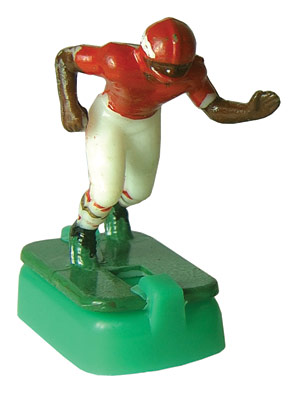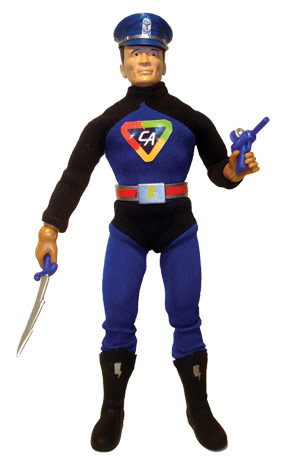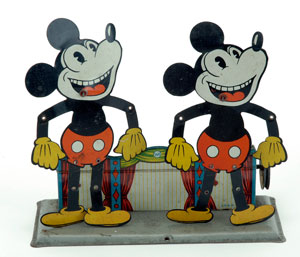MINNEAPOLIS (AP) – The Minneapolis Institute of Arts has sent a painting by cubist Fernand Leger back to the heirs of a Jewish art collector in France, after concluding it had been stolen by the Nazis during World War II.
The museum had owned the 1911 Leger painting Smoke Over Rooftops since 1961. But after a decade of detective work, the institute decided to return it to the heirs of noted Parisian collector Alphonse Kann, who died in 1948.
“Having researched this to the end of the road, we decided we had to return the painting; it was the right thing to do,” Kaywin Feldman, director of the institute, told the Star Tribune for a story published on Oct. 30.
In 1997, the museum received a letter claiming the painting had been part of Kann’s collection that was confiscated by the Nazis after he fled Paris for London. Kann got much of his art back after the war, but not the Leger, now worth about $2.8 million.
The Leger was bequeathed to the institute in 1961 by Minneapolis businessman Putnam Dana McMillan, who had bought it from the Buchholz Gallery in New York in 1951.
It took years for the institute to determine if the claim was legitimate. Smoke Over Rooftops was a theme Leger painted at least six times, so it wasn’t clear at first if it was the same one Kann had owned.
The research took years of scrutiny of Nazi-era documents, gallery and auction records in four countries.
It’s not an unusual dilemma for a museum. According to the Association of Art Museum Directors, U.S. museums identified in their collections 22 works between 1998 and July 2006 that had been stolen by the Nazis. The art was either returned to heirs or settlements were reached, in some cases allowing the art to remain at the museums.
Investigators established that after Kann fled Paris, the Nazis confiscated the bulk of his collection, a trove so extensive that the Nazis’ inventory of it ran to 60 typed pages. A Paris art dealer, Galerie Leiris, bought the Leger at an auction in 1942 and later sold it to Buchholz Gallery.
___
Minneapolis Institute of Arts: http://www.artsmia.org
Association of Art Museum Directors: http://www.aamd.org
___
Information from: Star Tribune, http://www.startribune.com
Copyright 2008 Associated Press. All rights reserved. This material may not be published, broadcast, rewritten, or redistributed.
AP-ES-10-30-08 0857EDT




